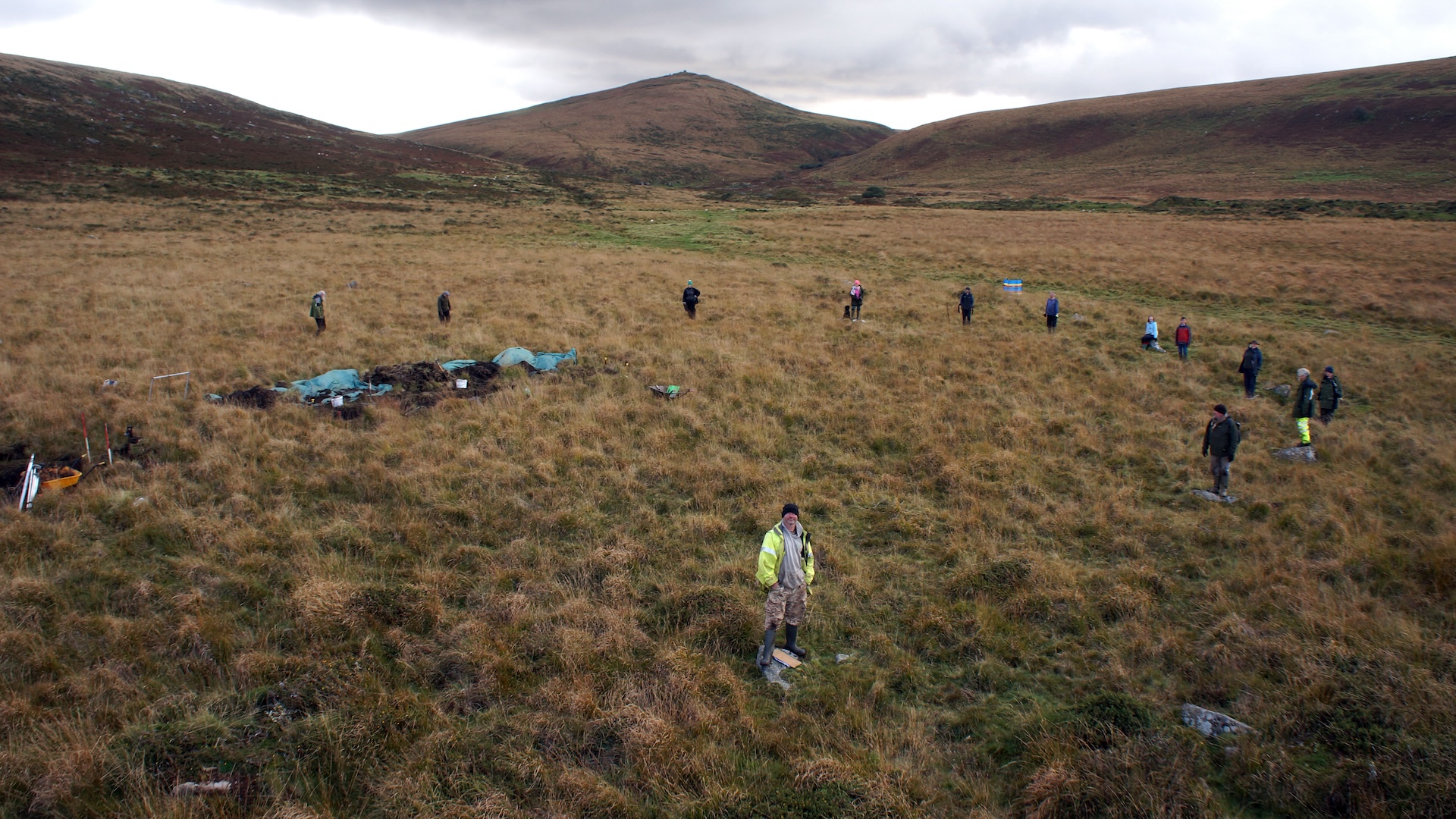Biology, Vol. 13, Pages 953: Combination of Adult Mesenchymal Stem Cell Therapy and Immunomodulation with Dimethyl Fumarate Following Spinal Cord Ventral Root Repair
Biology doi: 10.3390/biology13110953
Authors: Paula Regina Gelinski Kempe Mateus Vidigal de Castro Lilian de Oliveira Coser Luciana Politti Cartarozzi Benedito Barraviera Rui Seabra Ferreira Alexandre Leite Rodrigues de Oliveira
Spinal cord injury results in significant motor and sensory loss. In the experimental ventral root avulsion (VRA) model, the ventral (motor) roots are disconnected from the spinal cord surface, disrupting contact between spinal motoneurons and muscle fibers. Axotomized motoneurons typically degenerate within two to three weeks after avulsion, the situation being exacerbated by an increased glial response and chronic inflammation. Nevertheless, root reimplantation has been observed to stimulate regenerative potential in some motoneurons, serving as a model for CNS/PNS regeneration. We hypothesized that a combination of neuroprotective and immunomodulatory therapies is capable of enhancing regenerative responses following nerve root injury and repair. A heterologous fibrin biopolymer (HFB) was used for surgical repair; dimethyl fumarate (DMF) was used for neuroprotection and immunomodulation; and adipose tissue-derived mesenchymal stem cells (AT-MSCs) were used as a source of trophic factors and cytokines that may further enhance neuronal survival. Thus, adult female Lewis rats underwent unilateral VRA of the L4–L6 roots, followed by reimplantation with HFB, AT-MSCs transplantation, and daily DMF treatment for four weeks, with a 12-week postoperative survival period. An evaluation of the results focused on light microscopy, qRT-PCR, and the Catwalk motor function recovery system. Data were analyzed using one-way or two-way ANOVA (p < 0.05). The results indicate that the combined therapy resulted in a reduced glial response and a 70% improvement in behavioral motor recovery. Overall, the data support the potential of combined regenerative approaches after spinal cord root injury.

 1 day ago
17
1 day ago
17


